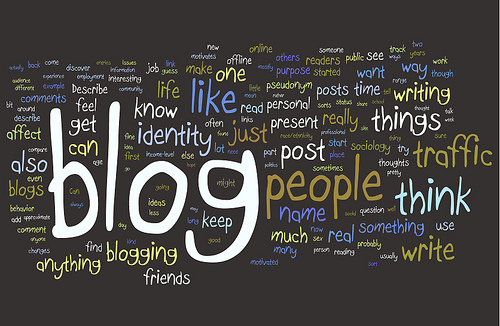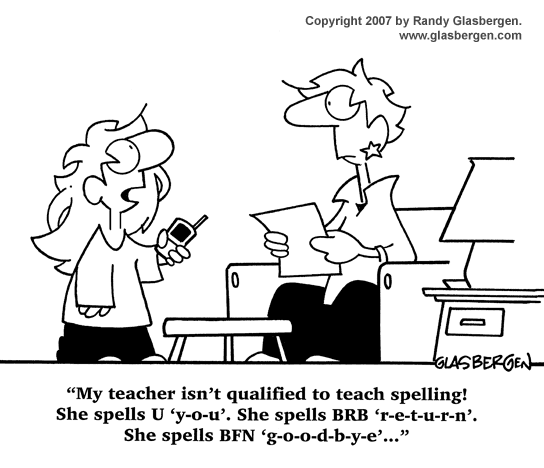 "Writing between the Lines - and Everywhere Else" asserts that literacy today is "in the midst of a profound change." Because of the rapid change educators, students, and parents are often unsure how to connect out-of-school literacy practices with in-school literacy learning experiences. They do agree, though, that this connection is critical to student development. Using a multi-methodology approach through technology is a way to make this connection.
"Writing between the Lines - and Everywhere Else" asserts that literacy today is "in the midst of a profound change." Because of the rapid change educators, students, and parents are often unsure how to connect out-of-school literacy practices with in-school literacy learning experiences. They do agree, though, that this connection is critical to student development. Using a multi-methodology approach through technology is a way to make this connection.Through pen pals younger students gain from an online correspondence as exemplified in "I learned that there's a state called Victoria and he has six blue-tongued lizards!" Students get a chance to communicate with people around the world. They practice basic communicating and writing skills. They must employ critical thinking skills to determine what to say or how to respond to questions that are asked. It gives students' purpose to their writing. The electronic communication itself is a learning experience; using that they may learn to put in pictures or even change fonts or colors.
When a paper is "written" for an in-class assignment, it is obviously written for the teacher. By using technology to "write" papers, students write for a large audience. Students may spend more time proofreading and editing their works before because it now has the chance to be read by so many. Their writings and writing styles will therefore become more developed and refined. They can go beyond the normal writing task to include video, audio, or films making their work a presentation rather than just merely a written paper (Writing Re-Launched: Teaching with Digital Tools). Through writing exercises on the iPad students can complete and proofread an assignment orally.
Allowing students to create book reviews and publish them online furthers their experience with technology. However, if students are not familiar with the technology required, this can be a very frustrating type of assignment - yet still a necessary one. It also allows students to share their interests with one another and find other peers who have a common interest as they do. They feel that they are connected and someone else out there. From an online book review community students may spot a post on a book they have not read before and decide to give it a try - giving students a motivator to continue wanting to read literacy for enjoyment. While our society seems to encourage reading, more so than writing, online book reviewing promotes writing enjoyment. Any time that you can make education fun or enjoyable students success rates rise.

Just as online book reviews promote literacy so, too, do blogging and blogging communities.
It is vital that students are exposed to technology as much as possible because they can't be left behind.



